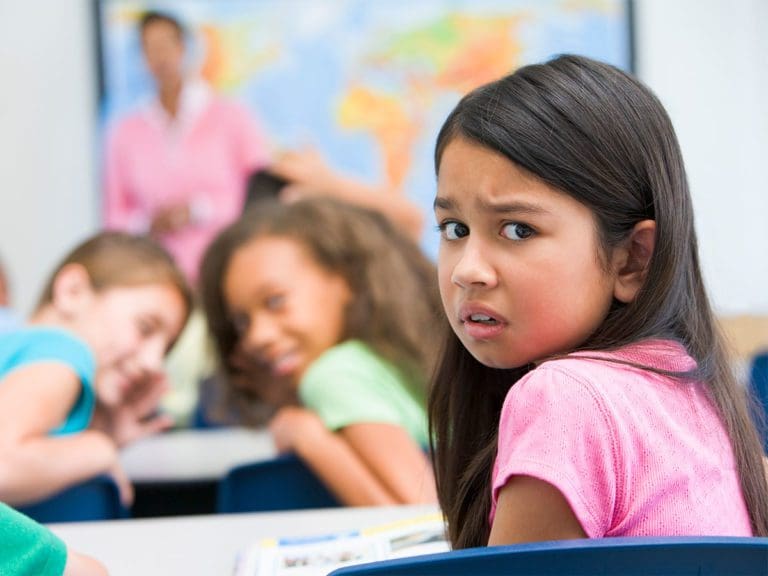Bullying has been a part of our culture for a very long time. In some cases, bullying has even been seen as a rite of passage, from rituals associated with hazing in fraternity and sorority societies and the gauntlet of joining an athletic team, to being a newly hired employee.
Yet, the negative impact of bullying can be far reaching, especially for children and young people. Bullied students often underperform academically, suffer emotional distress, and can suffer from lack of self-confidence and depression for years. Meanwhile, children and young people who bully, too, can suffer from emotional issues, fail to develop important social skills, and can go on to engage in even more serious and destructive misbehaviors.
Educators have been engaged in the prevention and elimination of bullying behavior for generations. However, recent studies that connect prolonged experiences with being bullied and violent actions against others, including school shootings, have brought new attention to the need to reduce, prevent, and deal with bullying behavior.
Interestingly, some of the most popular programs and strategies to deal with bullying have little grounding in research and little impact on preventing and interrupting bullying behaviors. Here are three worth noting:
First, several studies have documented reliance on zero tolerance policies and punishment of bullying behavior as largely ineffective in preventing bullying behaviors. In some cases, punishment can make bullying behavior less visible, but may do little to eliminate a culture of bullying.
Second, peer mediation programs that place responsibility on students to work out bullying and related conflicts and behaviors have even shown to increase the number and severity of bullying behaviors. Bullying behaviors often rely on unequal power relationships; thus, victims can face an impossible challenge in trying to change the situation. Further, children and young people rarely have the maturity and skills to be successful in such a complex emotional situation.
Third, programs and training to position bystanders to intervene work only if bystanders have higher social status, possess strong tendencies toward moral engagement, and are empathic extroverts. Most children and young people do not possess the courage, skills, and confidence to intervene effectively, especially when they anticipate that their engagement may shift the bullying to include them.
So, what strategies can we use to decrease, prevent, and deal effectively with bullying behaviors? Here are three approaches to consider:
First, we can focus our attention and efforts on ensuring that students feel they belong and are connected within the school and classrooms. When students experience stability and consistency in school and classes and feel they belong, they are less likely to disrupt and put their status in jeopardy. In addition, they tend to perform better academically.
Second, we can pay attention to what researchers often call “entry” behaviors that signal and build into more serious and aggressive bullying behaviors. Like efforts to prevent serious crime, often dealing with smaller issues can prevent the need to respond to more serious bullying actions. Entry behaviors include:
- Ignoring and excluding others.
- Laughing cruelly and encouraging others to laugh at a target.
- Eye rolling and prolonged staring.
- Back turning.
- Stalking and spying.
- Giving disparaging nicknames.
Third, we can make social emotional learning elemental in building culture within the school and classroom, not just a component of the curriculum. Social emotional focused lessons and activities can be a start. But nurturing a caring, inclusive, emotionally safe environment can build a culture that makes mutual support and empathy integral to the learning experience of students. Rather than focusing on what we want to avoid, this approach builds counter attitudes, behaviors, and experiences to make bullying less attractive and acceptable within the culture.
Of course, there may still be instances and situations in which bullying behaviors surface. Our best response is to address the situation early, to focus on teaching and coaching more socially acceptable behavior alternatives, and to keep the culture strong and positive.



